
Waste classification at source is still not widely practiced.
At the recent seminar "Waste classification at source - From commitment to action", Mr. Dang Thanh Vinh, Deputy Head of Solid Waste Management Department ( Hanoi Department of Agriculture and Environment) said that according to the Law on Environmental Protection (LEP) 2020, from January 1, 2025, households across the country are required to classify household waste into 3 groups: Waste that can be reused and recycled; food waste; remaining solid waste.
Mr. Vinh said: “Waste classification at source (PLRTN) is a correct policy and an inevitable trend of urban development. However, to turn the policy into practical action, it takes time, preparation and a suitable roadmap for each
local".
According to Mr. Vinh, in 2024, Hanoi piloted the PLRTN model in 5 old inner-city districts. After 6 months, initial results showed that people gradually formed the habit of disposing of waste in the right type and place. However, to expand on a city-wide scale, it is necessary to simultaneously upgrade collection infrastructure, invest in appropriate vehicles and have smooth coordination between levels and sectors.
At the seminar, Dr. Hoang Duong Tung (former Deputy Director General of the General Department of Environment) asked the question: "Why is it that the law exists and the regulations are clear, but the PLRTN has not yet been put into practice?"
According to Mr. Tung, to be successful, localities must have a specific implementation roadmap, suitable to socio- economic conditions, and at the same time implement it persistently, avoiding short-term movements. "How to do it correctly, appropriately, and sustainably is the important thing," Mr. Tung emphasized.
Dr. Tung stated that people are willing to participate if they see that their work brings concrete results. But when people classify their waste correctly but it is still collected together, their trust immediately decreases.
For environmental enterprises, the problem lies in short-term contracts and low unit prices, which prevent them from boldly investing in specialized vehicles and equipment. “If the mechanism does not change, it will be difficult for enterprises to take on the core role in the classification - collection - treatment chain,” Mr. Tung stated his opinion.
Another problem is that the collection and treatment infrastructure is not synchronized. A representative of the Hanoi Urban Environment Company Limited (URENCO) said: “Even when people have classified their waste according to regulations, many collection vehicles still mix it together because the collection unit does not have the means to separate it. This makes people’s efforts ineffective and the movement difficult to maintain.”
Sharing the same view, Prof. Dr. Hoang Xuan Co, Head of the Science Department, Vietnam Environmental Economics Association said: "Most people are aware, but due to the lack of specific instructions and lack of trust in the post-processing system, classification has not become a habit." Prof. Co said that the lack of synchronous management mechanism between levels is the underlying reason why the policy has not been put into practice.
"It should not be done on a large scale without infrastructure and control mechanisms."
To make PLRTN a sustainable action, experts say it is necessary to synchronously deploy many solutions, first of all, building a suitable and practical roadmap.
According to Dr. Tung, each locality must have a clear plan and pilot it on a small scale before expanding it. “We should not do it on a large scale without infrastructure and control mechanisms,” Mr. Tung said.
At the same time, it is necessary to create incentives for people and businesses. For people, it is possible to encourage them with green points, exchange recyclable waste for gifts or reduce collection fees. For businesses, it is necessary to increase service prices and extend contract terms so that businesses have the conditions to invest in new technology and equipment.
Collection and treatment infrastructure needs to be invested in synchronously. Collection vehicles, transfer points, and treatment stations need to be designed specifically for each type of waste. “When people see that waste is collected and treated properly, they will have more confidence and maintain positive behavior,” according to Dr. Tung.

Communication and community education also play an important role. Waste classification needs to be linked to the criteria of civilized urban lifestyle. Associate Professor Dr. Nguyen Thanh Loi emphasized: "If each citizen only needs to do one small thing every day, throw the right kind of waste in the right place, the whole city will change."
In addition, there must be a transparent monitoring and feedback mechanism so that people can see the results and be recognized. Residential areas and residential groups that perform well need to be commended and replicated, creating a ripple effect in the community.
Hanoi aims to become a “bright - green - clean - beautiful” city by 2030, in which waste sorting at source is identified as an important criterion. One opinion at the Dialogue believes: “We cannot expect to change the habits of millions of people in just one or two years. But if we are persistent, determined and do it for real, the results will surely come.”
Source: https://baophapluat.vn/ban-giai-phap-nang-cao-hieu-qua-cong-tac-phan-loai-rac-tai-nguon.html








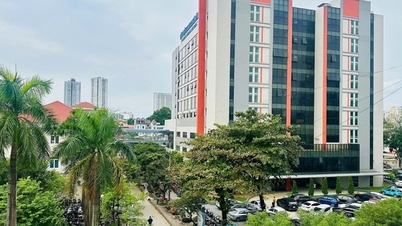


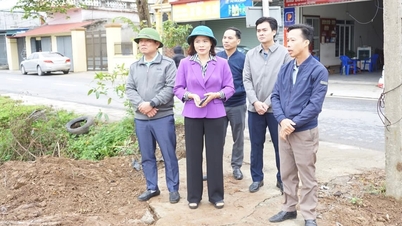





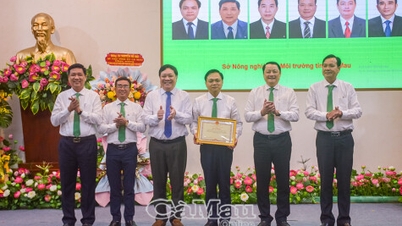



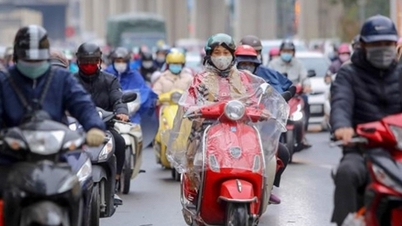









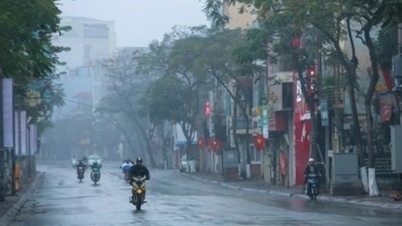
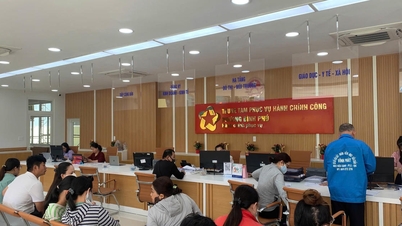














































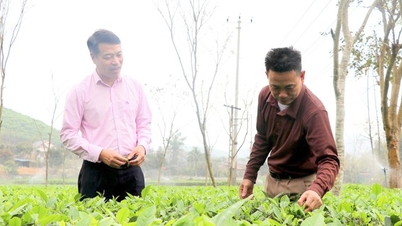

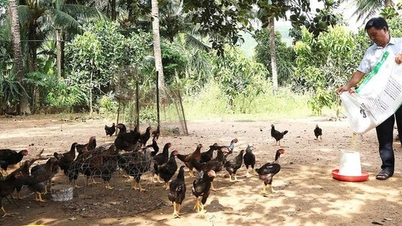
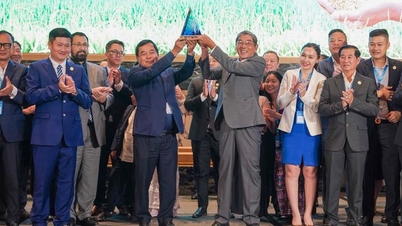


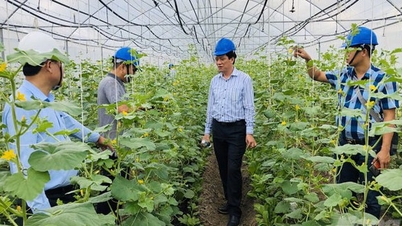
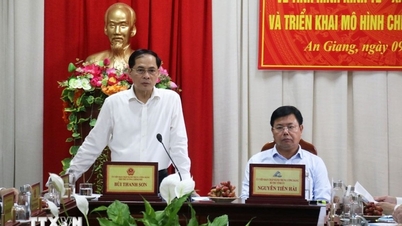

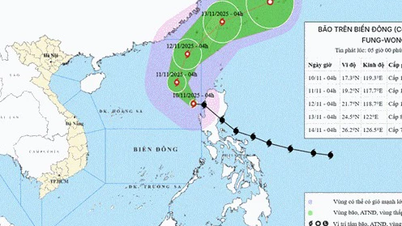






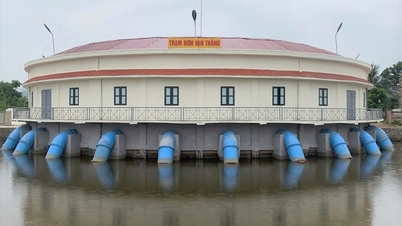
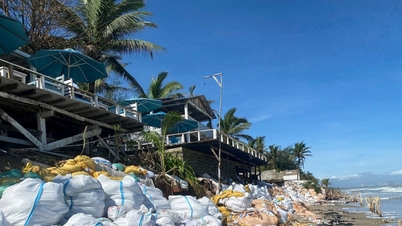














Comment (0)